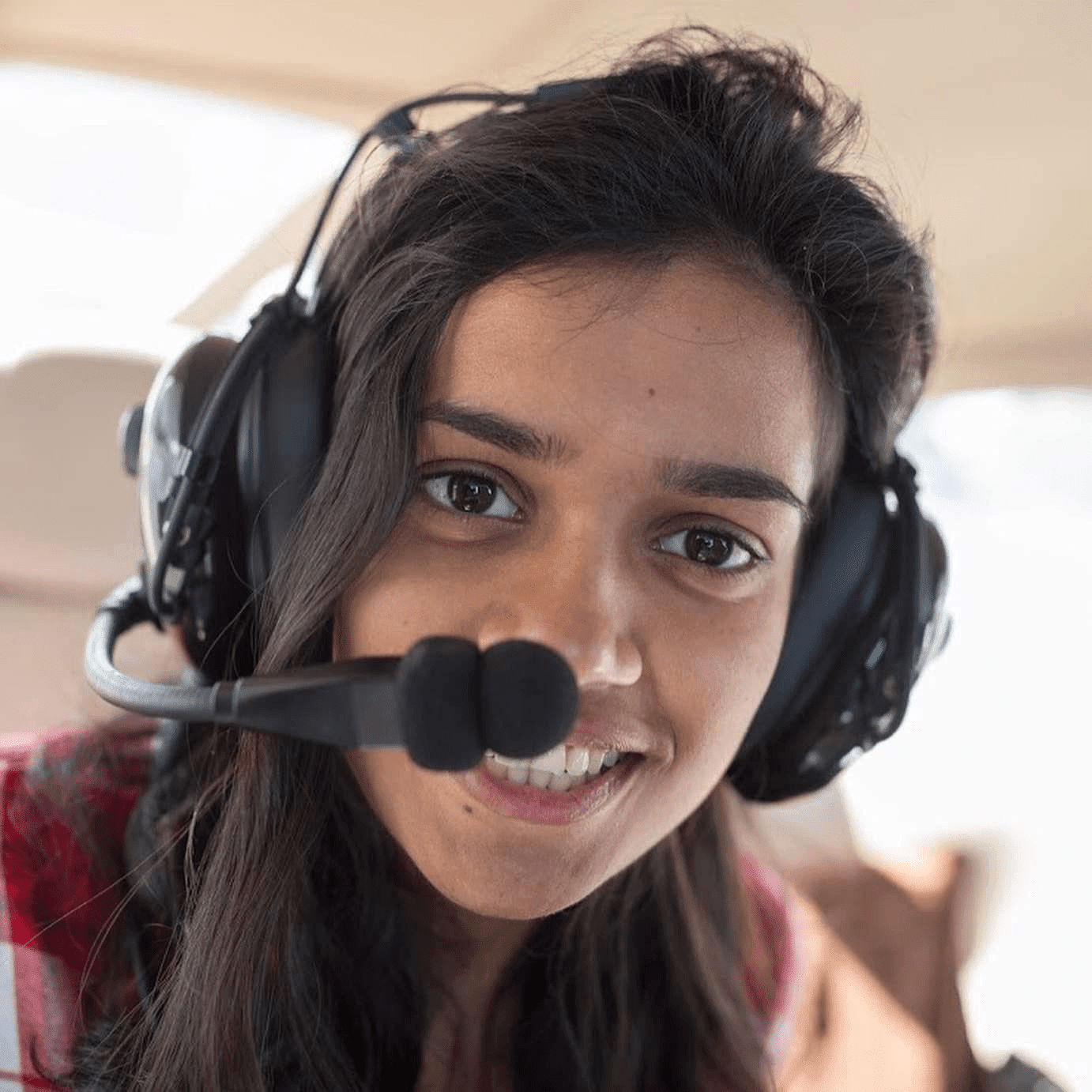
Keerthana Gopalakrishnan
Research Areas
Authored Publications
Sort By
Deep RL at Scale: Sorting Waste in Office Buildings with a Fleet of Mobile Manipulators
Jarek Rettinghouse
Daniel Ho
Julian Ibarz
Ted Xiao
Sangeetha Ramesh
Matt Bennice
Alexander Herzog
Chuyuan Kelly Fu
Adrian Li
Kim Kleiven
Jeff Bingham
Yevgen Chebotar
David Rendleman
Wenlong Lu
Mohi Khansari
Mrinal Kalakrishnan
Ying Xu
Sean Kirmani
Noah Brown
Khem Holden
Justin Vincent
Ryan Julian
Peter Pastor Sampedro
Jessica Lin
David Dovo
Daniel Kappler
Mengyuan Yan
Sergey Levine
Jessica Lam
Jonathan Weisz
Paul Wohlhart
Karol Hausman
Cameron Lee
Bob Wei
Yao Lu
2023
Preview abstract
We describe a system for deep reinforcement learning of robotic manipulation skills applied to a large-scale real-world task: sorting recyclables and trash in office buildings. Real-world deployment of deep RL policies requires not only effective training algorithms, but the ability to bootstrap real-world training and enable broad generalization. To this end, our system combines scalable deep RL from real-world data with bootstrapping from training in simulation, and incorporates auxiliary inputs from existing computer vision systems as a way to boost generalization to novel objects, while retaining the benefits of end-to-end training. We analyze the tradeoffs of different design decisions in our system, and present a large-scale empirical validation that includes training on real-world data gathered over the course of 24 months of experimentation, across a fleet of 23 robots in three office buildings, with a total training set of 9527 hours of robotic experience. Our final validation also consists of 4800 evaluation trials across 240 waste station configurations, in order to evaluate in detail the impact of the design decisions in our system, the scaling effects of including more real-world data, and the performance of the method on novel objects.
View details
Do As I Can, Not As I Say: Grounding Language in Robotic Affordances
Alexander Herzog
Alexander Toshkov Toshev
Andy Zeng
Anthony Brohan
Brian Andrew Ichter
Byron David
Chelsea Finn
Clayton Tan
Diego Reyes
Dmitry Kalashnikov
Eric Victor Jang
Fei Xia
Jarek Liam Rettinghouse
Jornell Lacanlale Quiambao
Julian Ibarz
Karol Hausman
Kyle Alan Jeffrey
Linda Luu
Mengyuan Yan
Michael Soogil Ahn
Nicolas Sievers
Nikhil J Joshi
Noah Brown
Omar Eduardo Escareno Cortes
Peng Xu
Peter Pastor Sampedro
Pierre Sermanet
Rosario Jauregui Ruano
Ryan Christopher Julian
Sally Augusta Jesmonth
Sergey Levine
Steve Xu
Ted Xiao
Yao Lu
Yevgen Chebotar
Yuheng Kuang
Conference on Robot Learning (CoRL) (2022)
Preview abstract
Large language models can encode a wealth of semantic knowledge about the world. Such knowledge could in principle be extremely useful to robots aiming to act upon high-level, temporally extended instructions expressed in natural language.
However, a significant weakness of language models is that they lack contextual grounding, which makes it difficult to leverage them for decision making within a given real-world context.
For example, asking a language model to describe how to clean a spill might result in a reasonable narrative, but it may not be applicable to a particular agent, such as a robot, that needs to perform this task in a particular environment.
We propose to provide this grounding by means of pretrained behaviors, which are used to condition the model to propose natural language actions that are both feasible and contextually appropriate.
The robot can act as the language model’s “hands and eyes,” while the language model supplies high-level semantic knowledge about the task.
We show how low-level tasks can be combined with large language models so that the language model provides high-level knowledge about the procedures for performing complex and temporally extended instructions, while value functions associated with these tasks provide the grounding necessary to connect this knowledge to a particular physical environment.
We evaluate our method on a number of real-world robotic tasks, where we show that this approach is capable of executing long-horizon, abstract, natural-language tasks on a mobile manipulator.
The project's website and the video can be found at \url{say-can.github.io}.
View details
